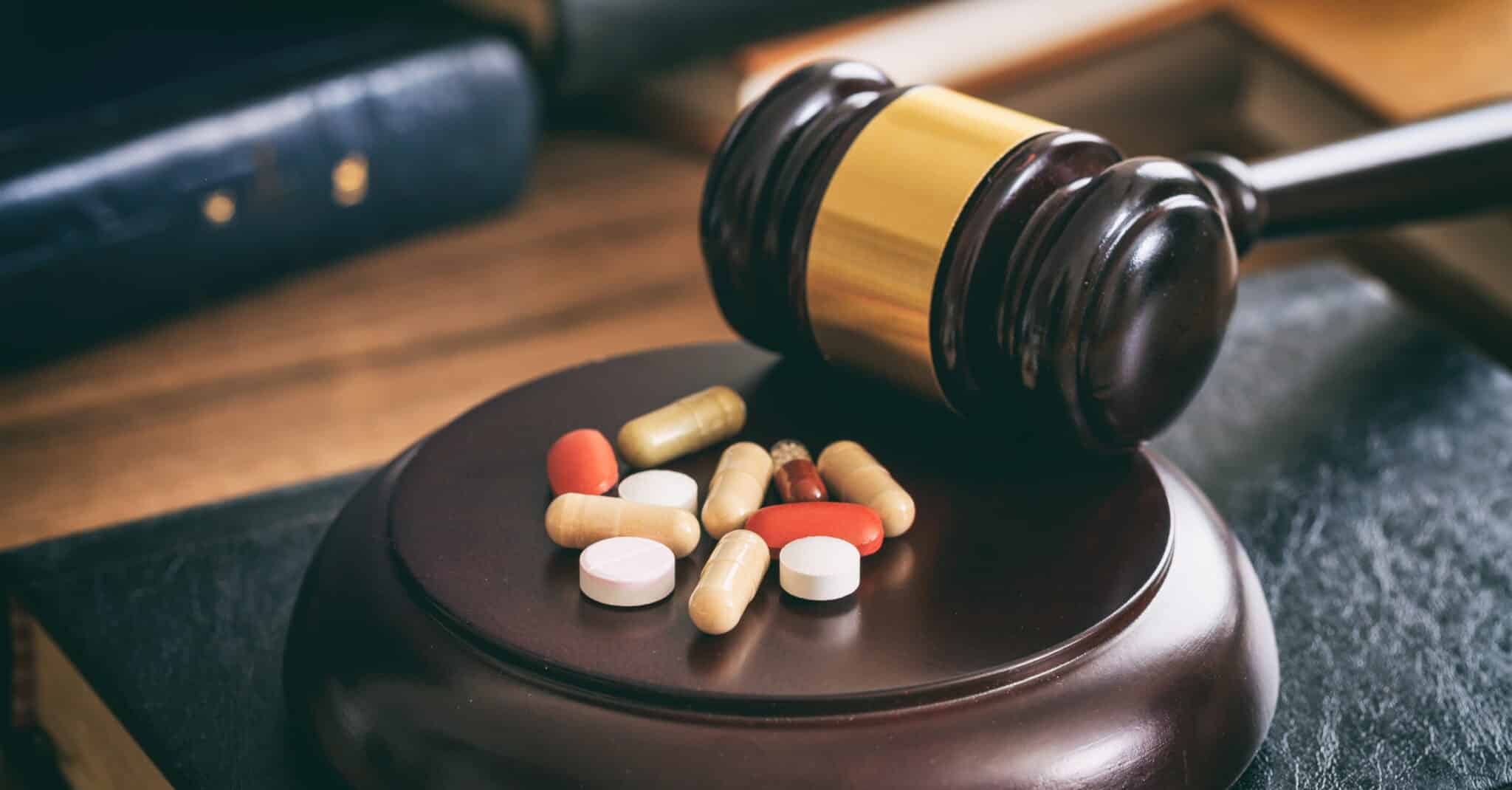Critical Moments: You Need A Serious Criminal Defense Lawyer Cntact Us
Drug Courts

Drug Courts
Drug courts square measure judicially supervised court dockets that offer a sentencing different of treatment combined with direction for individuals living with serious substance use and psychological state disorders. Drug courts square measure problem-solving courts that take a public health approach employing a specialized model within which the judiciary, prosecution, defense bar, probation, enforcement, psychological state, welfare work, and treatment communities work along to assist alcohol-dependent offenders into long-run recovery
Drug courts, that mix treatment with incentives and sanctions, obligatory and random drug testing, and medical care, are a tested tool for up public health and public safety. They supply associate degree innovative mechanism for promoting collaboration among the judiciary, prosecutors, community corrections agencies, drug treatment suppliers, and different community support teams. These special courts are in operation within the U. S. for over twenty years, and their effectiveness is well documented. In times of significant budget cuts, the drug court model offers State and native governments a cost?effective thanks to increase the proportion of strung-out offenders UN agency deliver the goods sustained recovery, thereby up public safety and reducing prices related to re?arrest and extra confinement. Each $1 spent on drug courts yields over $2 in savings within the criminal justice system alone
Overview Of Drug Courts In America
The first drug court, in Miami-Dade County, was designed by Chief decide Gerald Wetherington, decide Herbert Klein, then prosecutor Janet city, and attorney flyer Brummer for nonviolent offenders to receive treatment. This model of court system quickly became a well-liked technique for addressing associate ever increasing variety of drug offenders. Between 1984 and 1999, the quantity of defendants charged with a drug offense within the federal courts enhanced third annually, from 11,854 to 29,306. By 1999 there have been 472 drug courts within the nation. By 2005 that variety had enhanced to 1262 with another 575 drug courts within the coming up with stage
Drug courts operate the native level to divert non?violent offenders with substance use issues from captivity into supervised programs with treatment and rigorous standards of answerableness.
The courts connect the judicial, enforcement, and treatment communities with different systems and supplier organizations through comprehensive case management to handle participants’ other wants, like education, housing, job coaching, and mental state referrals. Drug courts facilitate participants live through addiction and stop future criminal activity whereas conjointly reducing the burden and prices of repeatedly process low?level, non?violent offenders through the Nation’s courts, jails, and prisons.
Drug court programs have a tangible impact on criminal lapse. A study funded by the Department of Justice examined re?arrest rates for drug court graduates and located that nationwide, eighty four % of drug court graduates haven’t been re?arrested and charged with a heavy crime within the 1st year once
graduation and 72.5 % haven’t any arrests at the two?year mark.
Additionally, AN analysis of drug court cost?effectiveness conducted by The Urban Institute found that drug courts provided $2.21 in edges to the criminal justice system for each $1 invested with.2 once increasing the program to all or any at?risk arrestees, the common come back on investment raised even a lot of,
resulting in a advantage of $3.36 for each $1 spent
Missouri Drug Court
Missouri adopted and embraced the drug court system in 1993, and today, it contains more drug courts per capita than any state in the U.S. Missouri drug courts benefit all parties involved, including the offenders, their families, the criminal justice system, and the community at la
As the Missouri Recovery Network by all odds notes, “Perhaps the most important waste of state resources is spent on the confinement of non-violent offenders World Health Organization use, abuse, and are obsessed with alcohol and/or alternative drugs” (source). Drug courts facilitate alleviate this drawback by mixing answerableness and justice with treatment services. They concentrate on cases wherever habit is that the chief explanation for the crime, making an attempt to interrupt the cycle of habit, crime, and confinement
Key Components of Drug Court
- Drug courts integrate alcohol and alternative drug treatment services with justice system case process
- Using a non-adversarial approach, prosecution and defense counsel promote public safety. Participants should waive their due process of law rights to a speedy trial and sign a pre-emptive confession before being allowed to participate
- Eligible participants are known early and promptly placed within the drug court program
- Drug courts offer access to a time of alcohol, drug, and alternative connected treatment and rehabilitation services
- Abstinence is monitored by frequent alcohol and alternative drug testing
- A coordinated strategy governs drug court responses to participants compliance
- Ongoing judicial interaction with every drug court participant is important
- Monitoring and analysis live the action of program goals and gauge effectiveness
- Continuing knowledge base education promotes effective drug court coming up with, implementation, and operations
- Forging partnerships among drug courts, public agencies, and community-based organizations generates native support and enhances their effectiveness
Contact Us
CRITICAL MOMENTS NEED A CRIMINAL DEFENSE LAWYER
